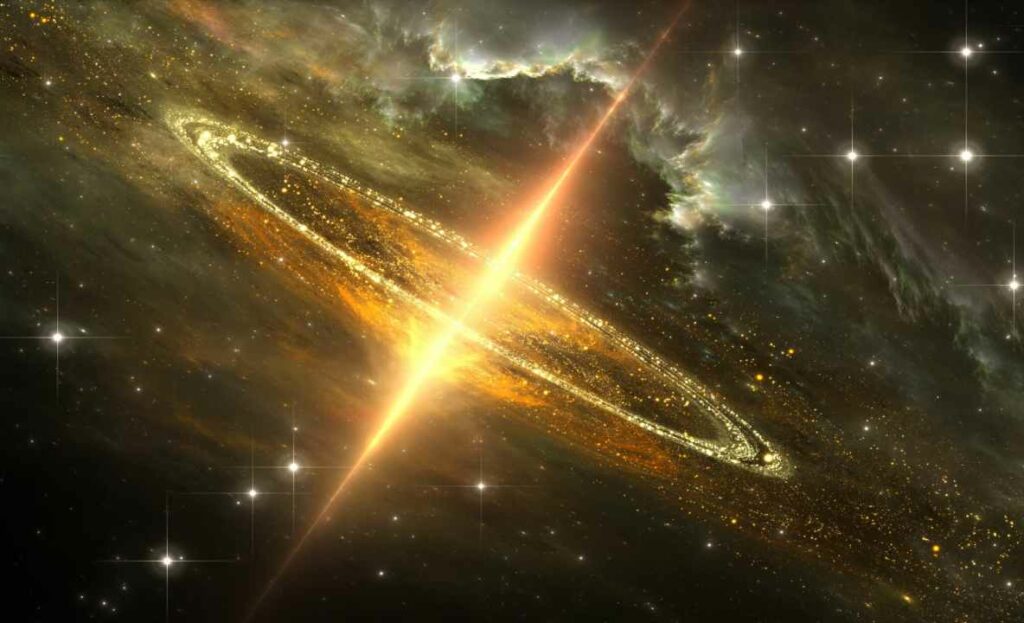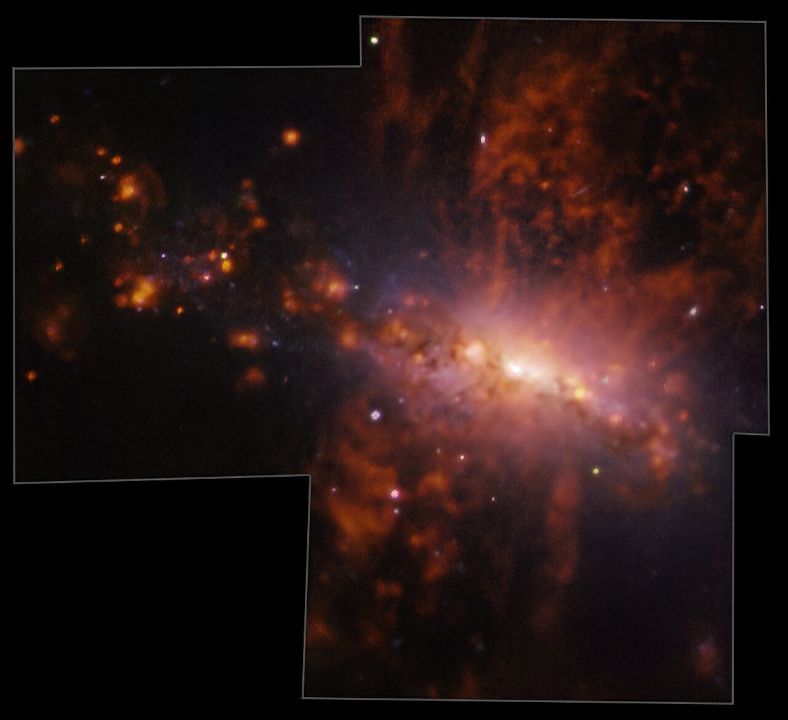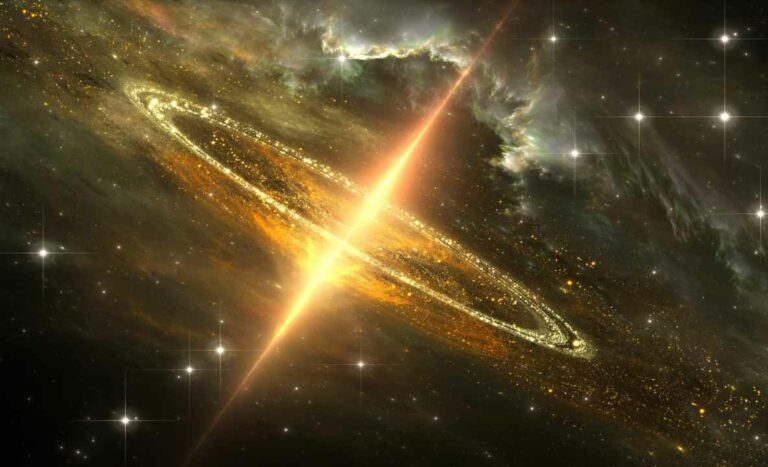Giant Galactic Explosion Exposes Active Galaxy Pollution
A group of astronomers from several countries recently published their study of the galaxy called NGC 4383, which belongs to the Virgo cluster.

The results of their observations are described in an article in the scientific journal Monthly Notices of the Royal Astronomical Society where they reported about the discovery of a highly unusual gas outflow within the galaxy.
This outflow is so huge that it would take light twenty thousand years to get from one end to the other. Dr. Adam Watts from The University of Western Australia’s node of ICRAR said that this was the effect of massive supernova explosions which happened in the central part of the galaxy. These explosions preserve the ability to throw out great amounts of hydrogen and heavier particles reaching as far as a mass of gas that is over 50 million suns.

“Very little is known about the physics of outflows and their properties because outflows are very hard to detect,” Dr. Watts said.
“The ejected gas is quite rich in heavy elements giving us a unique view of the complex process of mixing between hydrogen and metals in the outflowing gas.
“In this particular case, we detected oxygen, nitrogen, sulfur and many other chemical elements.”
In this manner, it is ascertained that muses gases outflows perform an important role in controlling of rate and duration of star formation in galaxies. These outflows expel gas that pollutes the interstellar medium within the galactic group or cluster, as well as the extra galactic medium, and may exist therein forever.
The high-resolution mass map made available in this research was based on information from the MAUVE survey, which was conducted by ICRAR under the leadership of professors Barbara Catinella and Luca Cortese. Also, both professors served as co-authors to the study, and so it is valid to infer the results would be similar from their classroom.
For the survey, the researchers employed the Multiple Unit Spectroscopic Explorer Integral Field Spectrograph which is installed in the European Southern Observatory’s Very Large Telescope located at the Paranal site in northern Chile.
“When we desired MAUVE, our objective was to consider how physical processes involving galaxies, including the expulsion of gas, affect the stoppage of star formation,” as said by Professor Catinella.
Scheduled observations began with the galaxy NGC 4383, which was chosen as a primary target because some scientific literature suggested that something interesting was happening in it. However, the accomplishments in data collection were even more outstanding.
‘We expect that forthcoming MAUVE surveys will offer further insight into the importance of local gas outflows to us,’ contribute optimistic Professor Catinella.
Reference: Adam Watts et al, MAUVE: A 6 kpc bipolar outflow launched from NGC 4383, one of the most HI-rich galaxies in the Virgo cluster, Monthly Notices of the Royal Astronomical Society (2024). DOI: 10.1093/mnras/stae898
Do not forget to share your opinion with us to provide you with the best posts !




0 Comments